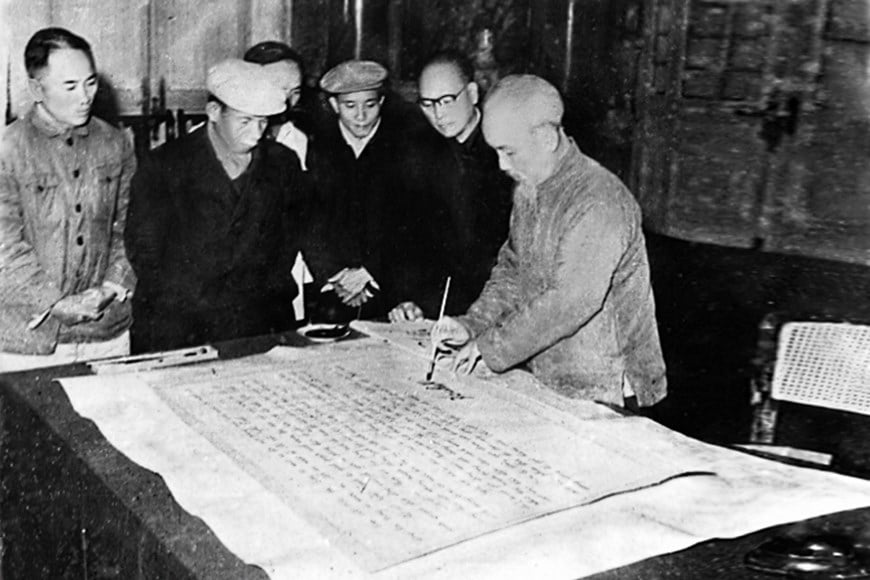
Even more proudly, this is one of two museums in the country to have President Ho Chi Minh sign the "Preface", affirming the historical stature of the movement and the role of the museum in the cause of preserving and promoting traditional revolutionary values.
Flags and drums echo forever in the mountains and rivers
Nearly a century has passed, but the fiery spirit of the Nghe Tinh Soviet movement still resonates throughout the country. Special collections of artifacts, including flags and drums, kept at the Nghe An - Nghe Tinh Soviet Museum (Nghe An) have become vivid evidence of the resilient, sacrificial but extremely glorious fighting spirit of our people.
Thousands of documents and artifacts collected and preserved at the Museum are "retelling" the process of fighting for national independence in a truthful way. The artifacts are mainly associated with the climax of 1930 - 1931, when the people of Nghe An and Ha Tinh , under the Party's flag, created a brilliant heroic epic. The phrase "Soviet Drumbeat" has since become a symbol of the power of the masses, a call to rise up and break the chains of slavery.
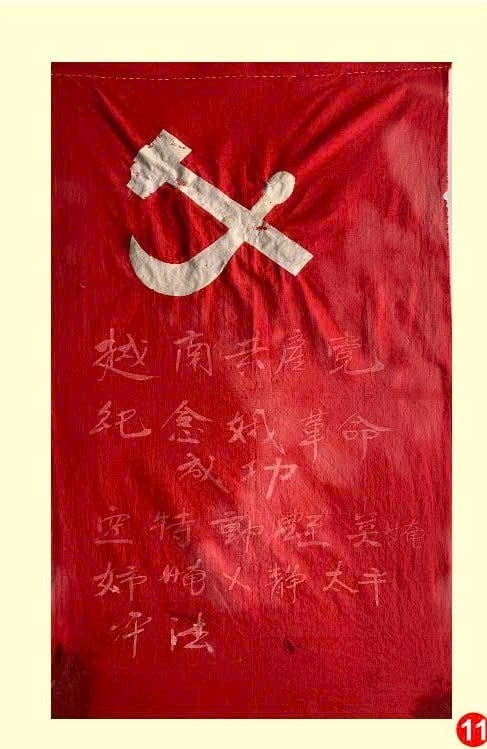
Leading visitors to the museum, Ms. Tran Thi Hong Nhung, Deputy Director of the Museum, emotionally recounted: “On February 3, 1964, President Ho Chi Minh signed the “Preface” for the Soviet Nghe Tinh Museum (now the Nghe An Museum – Soviet Nghe Tinh). That is a sacred milestone, affirming the Museum’s mission in preserving and transmitting the revolutionary flame to future generations”. Up to now, this place still respectfully preserves the photo of Uncle Ho signing the “Preface” along with the manuscript, autographs and many memorabilia associated with him.
Not only that, the museum also preserves more than 16,000 documents and artifacts, including more than 3,500 original artifacts, nearly 6,000 personal files of imprisoned Soviet soldiers, hundreds of memoirs of veteran revolutionary cadres and many intangible cultural heritages such as poetry, folk songs, music, films...
From those simple yet sacred relics, this place has become a “red address” that fosters national pride and educates revolutionary traditions for today’s and future generations. “Each artifact is a testament, each flag and drum beat is a flame. That flame will burn forever, giving strength to generations to continue on the path their ancestors have chosen,” affirmed Ms. Tran Thi Hong Nhung.
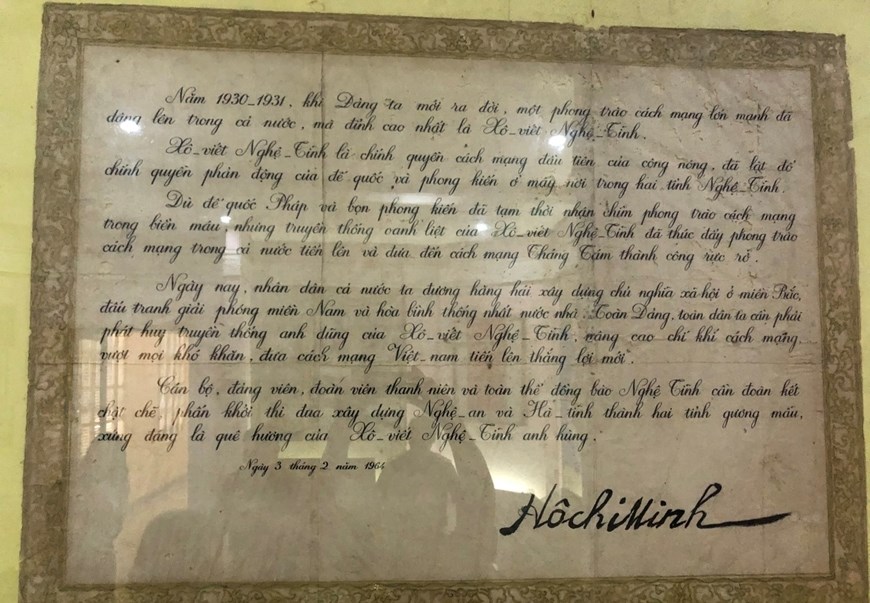
Among the valuable artifacts, the most prominent is the collection of 11 Party flags that flew during the 1930-1931 movement. Each flag is a historical story: From the flag of the people of Luong Son village, Bac Son commune, Dang Son canton, Do Luong district (now Do Luong commune), the flag hung on the banyan tree in Tien Hoi to call on the masses, to the flag of the Hung Nguyen Party Committee used in the memorial service for martyrs after the bloody demonstration on September 12, 1930. The red hammer and sickle flags were handmade, dyed red fabric, painted with white lime into the shape of a hammer and sickle, and became a symbol to arouse the uprising spirit of Nghe Tinh workers and farmers, and at the same time spread the fighting spirit throughout the country.
Besides the flags, the drum collection is also a “living witness” of the revolutionary climax. The drum sound of Loc Da village resounded during the Vinh - Ben Thuy demonstration on May 1, 1930, urging more than 1,200 workers and farmers to take to the streets, shaking the entire colonial and feudal governing apparatus. The drum sound of Phu Long opened a large demonstration in Hung Nguyen on September 12, 1930, where dozens of revolutionary soldiers fell, but the fighting spirit became even more intense.
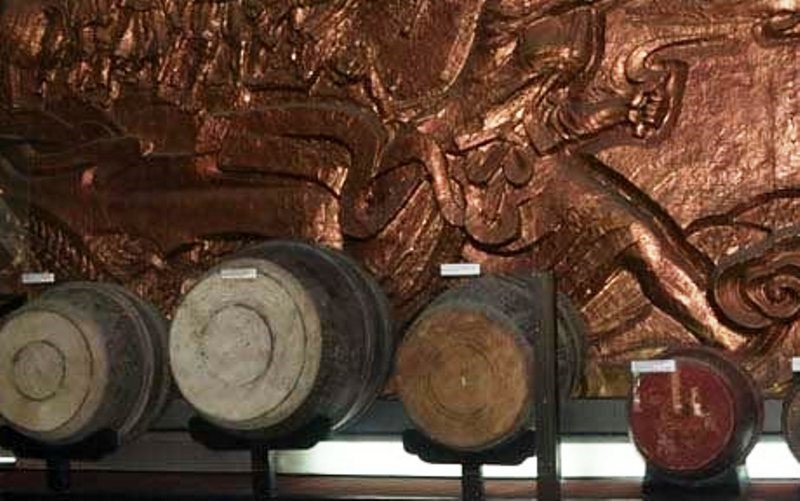
In particular, the Vi family drum (Mon Son - Con Cuong) was associated with the August 1931 demonstration of the people of Western Nghe An, contributing to proving the widespread influence of the Soviet movement. Along with drums, many folk instruments such as gongs, wooden fish, cymbals, etc. also became "special weapons" in the fierce struggles, now respectfully preserved by the Museum.
It is worth appreciating that today, not only groups of students but also many people and tourists from all over the world come to the museum to see the collection of flags and drums with their own eyes. In front of the red flags with hammer and sickle that have faded with time or the sound of drums bearing the traces of time, many people are moved to tears, clearly feeling the source of history flowing in their hearts.
Mr. Nguyen Van Tung (a tourist from Ha Tinh) shared: “Standing before the artifacts that were once associated with the Soviet movement, I felt like I heard the drumbeats of the past. It is not only history, but also pride, a lesson for the young generation like us to follow in the footsteps of our ancestors.”
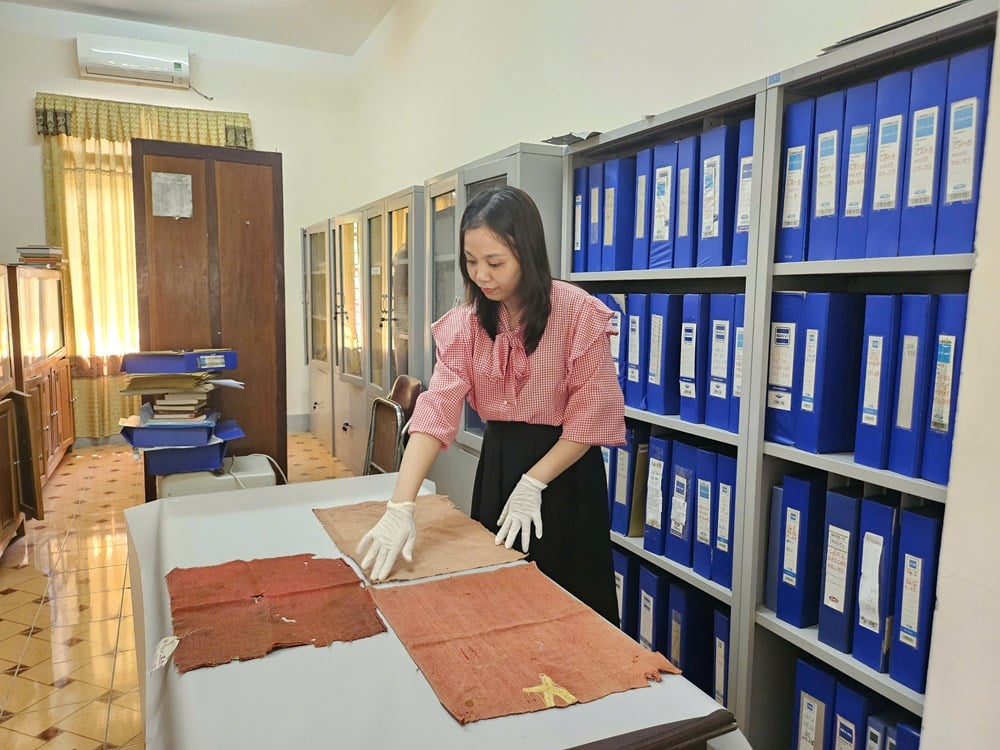
Connecting tours to the source
The Soviet Nghe Tinh relic system stretches across Nghe An and Ha Tinh, most of which is managed by Nghe An. This is a priceless cultural and historical resource, however, the work of conservation and restoration still faces many difficulties. Many relics have been invested in and restored, but due to lack of funding, they have only been patched up; some items, even though just completed, have shown signs of deterioration. The harsh climate and limited sources of donations also make the maintenance and protection of relics face many obstacles.
To overcome this situation, localities are promoting the role of Party committees and authorities in preserving and promoting the value of relics; at the same time, reviewing the current status, setting up protective markers, and avoiding encroachment. Along with that, propaganda and community education work is given more attention; funding is prioritized for key and severely degraded relics; socialized resources are also mobilized to turn the relic system into an attractive cultural and historical destination for people and tourists.
In the development orientation, the Nghe An Department of Culture, Sports and Tourism determined that the exploitation of the value of the Soviet Nghe Tinh relics must be associated with the construction of tours and tourism routes to the source. At the Nghe An - Soviet Nghe Tinh Museum and other relic sites, innovation and diversification of display forms, improvement of the quality of explanations, and improvement of landscapes and environments are given top priority. Along with that is the strengthening of training for staff and tour guides, and connection with travel agencies to create unique and attractive tourism products. In particular, the work of digitization and documentation in the management of artifacts is gradually implemented.
According to Mr. Tran Xuan Cuong, Deputy Director of the Department of Culture, Sports and Tourism of Nghe An, tourism based on relics and heritage is increasingly chosen by tourists because it not only brings sightseeing experiences but also helps them discover and understand the unique historical and cultural values of the locality. "Relic sites need to go hand in hand between serious conservation and effective promotion, thereby both preserving traditional values and creating a driving force for socio-economic development, turning source tourism into a sustainable product."
Source: https://baovanhoa.vn/van-hoa/dia-chi-do-truyen-lua-long-yeu-nuoc-164750.html



![[Photo] Prime Minister Pham Minh Chinh chairs a meeting of the Government Standing Committee on overcoming the consequences of natural disasters after storm No. 11](https://vphoto.vietnam.vn/thumb/1200x675/vietnam/resource/IMAGE/2025/10/09/1759997894015_dsc-0591-jpg.webp)
![[Photo] Prime Minister Pham Minh Chinh chairs the Conference to deploy the National Target Program on Drug Prevention and Control until 2030](https://vphoto.vietnam.vn/thumb/1200x675/vietnam/resource/IMAGE/2025/10/09/1759990393779_dsc-0495-jpg.webp)



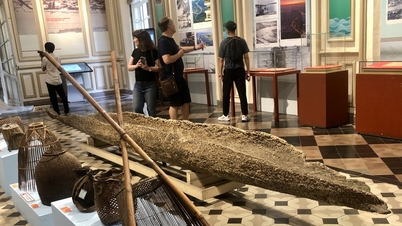

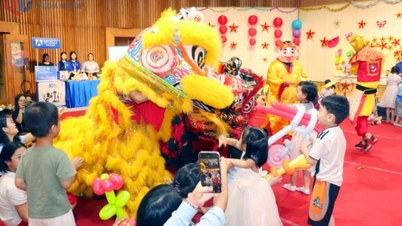



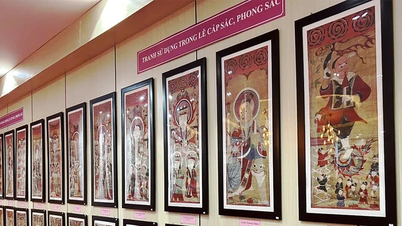
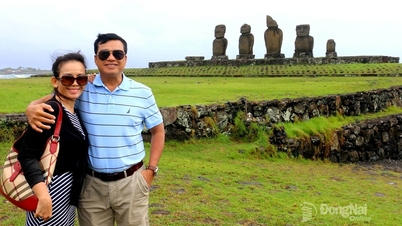


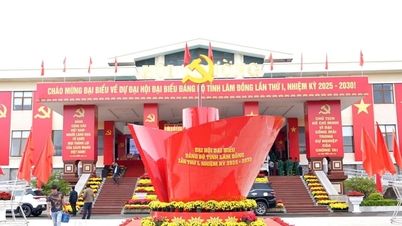

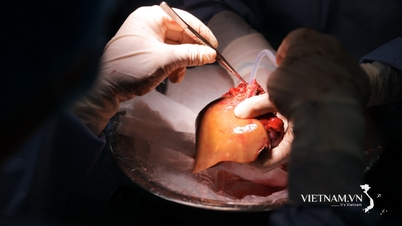













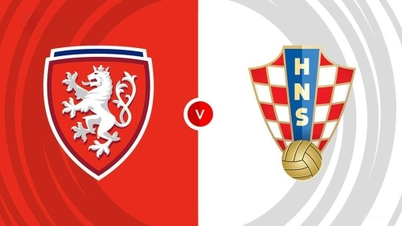


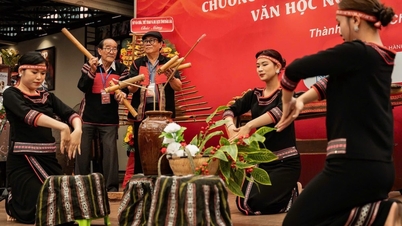
























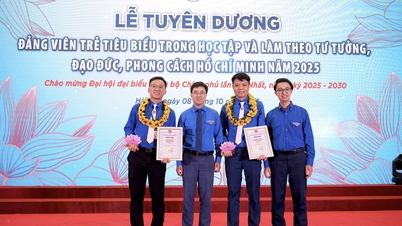







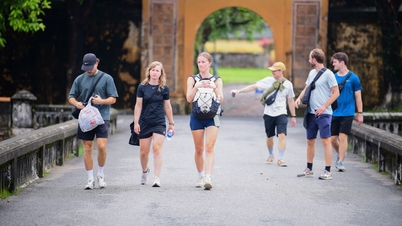


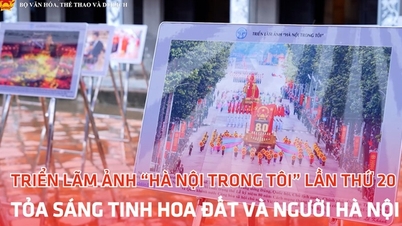






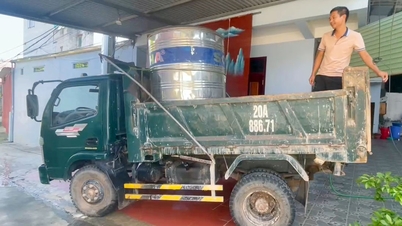





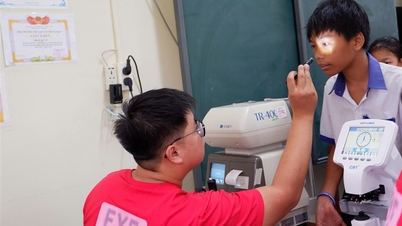














Comment (0)